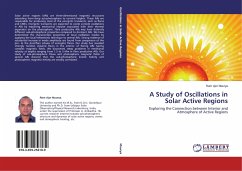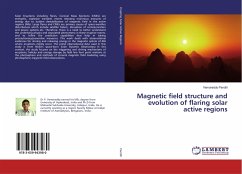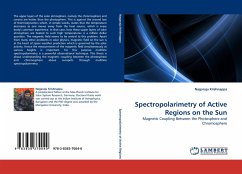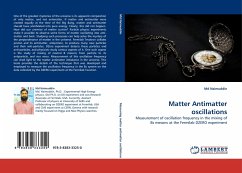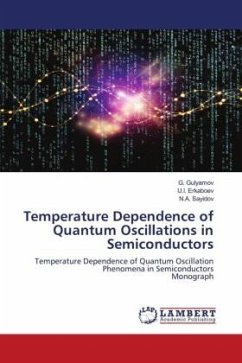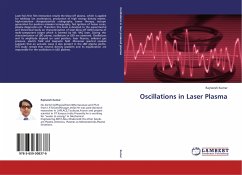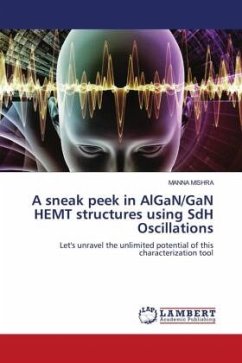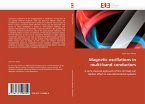Solar active regions (ARs) are three-dimensional magnetic structures extending from deep sub-photosphere to coronal heights. These ARs are responsible for producing most of the energetic transients, such as flares and CMEs. Energetic transients are expected to excite p-mode oscillations in ARs by imparting mechanical impulse associated with their thermal expansion on the photosphere. Flare productive ARs may have distinctly different sub-photospheric properties compared to dormant ARs. We have determined the characteristic properties of local oscillation modes by applying the local helioseismic technique to several ARs. Strong evidence of substantial increase in mode amplitude are found from comparison of the pre- to the post-flare phases of energetic flares. Our study has revealed strongly twisted, sheared flows in the interior of flaring ARs having complex magnetic fields. We discovered steep gradients in meridional velocity at depths ranging from 1.5 to 5 Mm in flare productive ARs. Our study of sub-photospheric flows and photospheric magnetic fields of several ARs showed that the sub-photospheric kinetic helicity and photospheric magnetic helicity are weakly correlated.
Bitte wählen Sie Ihr Anliegen aus.
Rechnungen
Retourenschein anfordern
Bestellstatus
Storno

